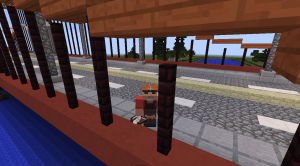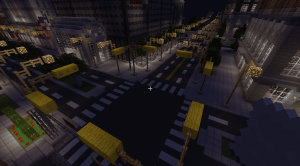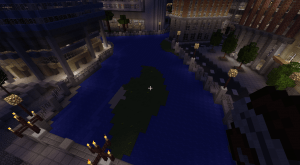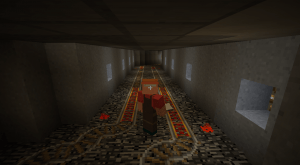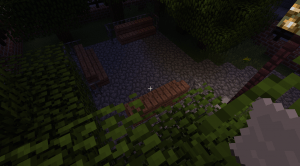General Description:
You’re an informed individual living in a world obscured by enemies. You can choose to fight back and see the world for what it is, try to inform others, or simply live with it.
Artist’s Statement:
The experience I wanted to provide in this game was that of feeling frustration while trying to help others, as well as a feeling that you’re being obstructed and blinded unless you take action. I also wanted to make sure there was the option to not fight and just live with the obstruction. I think I succeeded fairly well in crafting an appropriate experience.
I also wanted to send a message that there’s a bunch of domestic surveillance programs in the U.S. and that something should be done about them. I tied this to the main game mechanic by having it display the names of some of these programs, hopefully leading to the player googling them or something. I really just wanted to increase awareness about this issue as well as the issue of people not really caring that they’re being spied on.
I had also intended to make the instruction screen a bit difficult to read, making it difficult to find out what is going on and how to do something about it. This was done in order to relate to how it is difficult to figure out what kinds of surveillance are going on and what to do about them; however, during the presentation, the projector ended up making it significantly more difficult to see that what I’d intended.
Additionally, I wanted to make the actions of fighting back and informing people simple and easy (control-wise), but still make sense, and I think that having it be one button (left-mouse button) worked out nicely. I also think that having the core mechanic of my game be so closely tied to its message was commendable.
I think that overall I was fairly successful in getting my message across, and if nothing else I improved greatly from the play-testing sessions.
Also, I wanted the central game mechanic (hitting the eyes away/informing people) to inform the player as well if possible. I think that I did an ok job of it by making the hit bubbles have the names of spying programs in them, and the mechanic walked a thin line between being too vague and being too cumbersome to read.
Here’s a .zip with a .app and .exe (and data folder for the .exe)

